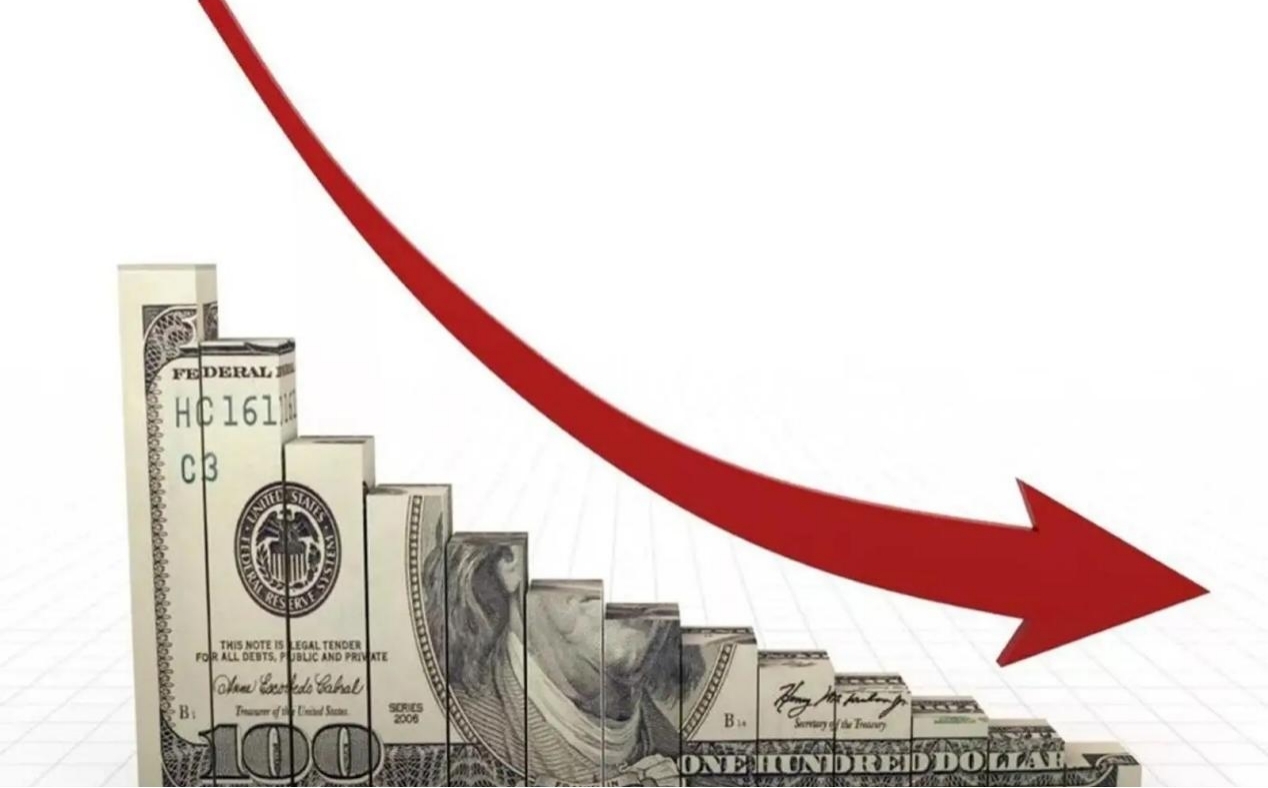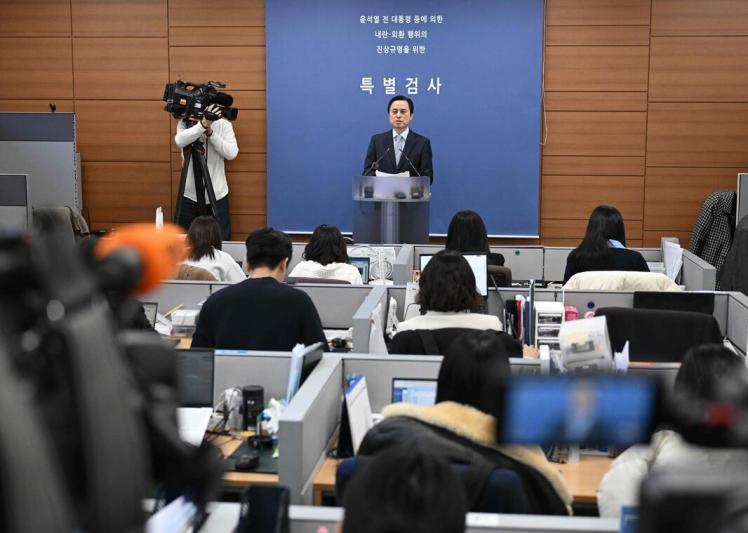
Recently, the US economy has been confronted with multiple challenges, with the core contradictions concentrated on policy uncertainty and the decline in market confidence. According to an analysis by ZDF in March 2025, the tariff policy of the US government is regarded as a "reckless and destructive tool", and its frequent adjustments have led to chaos in the global supply chain. At the same time, the Federal Reserve kept interest rates unchanged at its monetary policy meeting on March 19th and explicitly stated that "uncertainty in the economic outlook has increased". This wording was more cautious than before, reflecting concerns over the deterioration of the policy environment.
Manufacturing data has become a key indicator of economic deterioration. Data from the Institute for Supply Management (ISM) in the United States in September 2024 shows that the manufacturing PMI has remained below the 50-point boom-bust line for five consecutive months, indicating a continuous contraction in the industry. Although some indicators slightly rebounded in March 2025, enterprises generally faced the dual pressure of rising costs and weak demand. For instance, fedex, as an economic barometer enterprise, has lowered its profit forecast for three consecutive times, stating that "the weakness of the industrial economy has affected the logistics and transportation industry."
The consumer end is also not optimistic. The Beige Book released by the Federal Reserve in May shows that consumers' sensitivity to prices has risen, retail spending growth has stagnated, and businesses have been forced to cut profit margins due to cost pressures. The Beige Book of March 2025 further pointed out that the growth rate of economic activity in five regions was flat or declined, and the consumer confidence index dropped to a nearly two-year low, reflecting the growing concerns of households about inflation and the job market.
The Federal Reserve has repeatedly warned of economic downside risks recently and lowered its GDP growth forecast for 2025 to 1.7% at the March meeting, while raising its inflation forecast to 2.7%. This combination of "low growth + high inflation" has been interpreted by the market as a risk signal of "quasi-stagflation". Federal Reserve Chair Powell acknowledged that the uncertainty of tariff policies and factors such as immigration and adjustments to trade rules are weakening the long-term planning capabilities of enterprises.
It is worth noting that the minutes of the Federal Reserve's April 2025 meeting showed that some officials began to discuss the possibility of cutting interest rates to deal with the economic slowdown. The market reacted strongly to this. Data from the federal funds rate futures of the Chicago Mercantile Exchange (CME) shows that the probability of a rate cut in September has risen to 65%, an increase of more than 20 percentage points compared with the beginning of the year.
Policy uncertainty is translating into actual contraction at the enterprise level. Martin Luc, a financial advisor at McRomonkey, pointed out that the trust of American enterprises in the federal government has dropped to the lowest level in a decade, resulting in the general delay of capital expenditure plans. For instance, the recent financial reports of tech and manufacturing giants show that both their R&D investment and the pace of capacity expansion are lower than expected.
The volatility of the capital market has risen simultaneously. The S&P 500 index fluctuated by 15% in the first quarter of 2025, far exceeding the historical average. Investors have turned to defensive assets one after another. The price of gold has broken through $2,500 per ounce, and the yield curve of Treasury bonds has flattened, reflecting pessimistic expectations for the long-term economic outlook.
The policy adjustment in the United States is triggering a global chain reaction. The European Union and many Asian countries have launched supply chain diversification plans to reduce their reliance on the US market. For instance, German automakers are accelerating the construction of factories in Mexico and Eastern Europe to avoid potential tariff risks. In its latest report, the International Monetary Fund (IMF) has lowered the contribution rate of the US economy to global growth to 18%, a decrease of 3 percentage points from 2024, and warned that "protectionist policies could trigger a wider recession".
At present, the US economy is at the crossroads of a "hard landing" and a "soft landing". Policy makers need to seek a balance between curbing inflation and stabilizing growth, while the market is more concerned about whether the government can restore policy consistency. If key data (such as employment and retail sales) weaken further in the next three months, the Federal Reserve may be forced to start the interest rate cut cycle earlier. However, the space for policy tools has narrowed significantly - the federal funds rate is at a high level of 4.25%-4.50%, and the size of the balance sheet is still more than twice as large as before the pandemic. Against this backdrop, the US economy may face even more severe tests in the second half of 2025.

YTN TV of South Korea reported on Tuesday (December 16) that the South Korean court plans to make a ruling on the charges of former President Yoon Suk Yeol for obstructing justice on January 16, 2026.
YTN TV of South Korea reported on Tuesday (December 16) tha…
On December 7, a new round of intense military conflict bro…
Recently, US media disclosed that the Pentagon is planning …
From three launch failures and a brush with bankruptcy to n…
Recently, a major piece of news has emerged in the US polit…
Against the backdrop of the Federal Reserve's third rate cu…